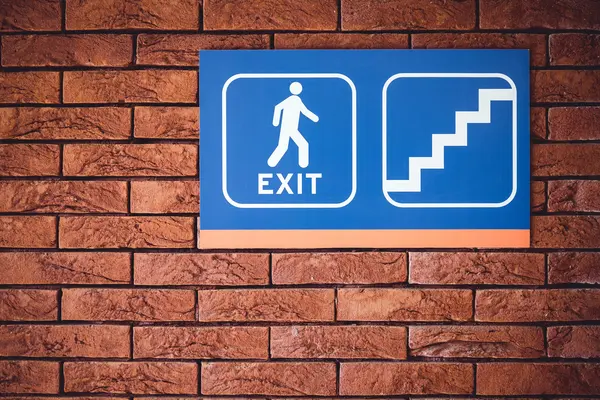Youth unemployment and economic inequality are interlinked crises shaping the global landscape today. Millions of young people struggle to find meaningful work, while wealth continues to accumulate among a tiny elite, deepening divides in societies worldwide. Addressing these dual crises is crucial for inclusive growth, stability, and harnessing the potential of the next generation.
The Global Magnitude of Youth Unemployment
While global unemployment reached a historic low of 5.0% in 2024, youth unemployment remains stubbornly high at around 12.6%, over three times higher than the adult rate (Reuters/UNSD). According to Business Standard, In 2023, youth joblessness fell to a 15-year low of approximately 13%, equivalent to about 64.9 million young people globally. Meanwhile, around 20% of youth aged 15–24 are classified as NEET (Not in Education, Employment, or Training), and two in three NEET youth are women. These figures illustrate how pervasive and gender-skewed the issue remains.
Economic Inequality: Concentration of Wealth at the Top
Despite overall wealth growth, global personal wealth rose by 4.6% in 2024; inequality persists. Shockingly, 1.6% of adults (about 60 million people) now own 48.1% of all wealth, while the poorest 1.57 billion people own just 0.6% . Additionally, the richest 1% increased their wealth by $33.9 trillion from 2015 to 2025, including a $6.5 trillion increase among billionaires alone (The Washington Post). In 2024, the combined wealth of global billionaires grew by $2 trillion, pushing their total to $15 trillion. (The Guardian). These trends reflect deepening wealth concentration that undermines equitable development.
Youth Unemployment and Inequality: An Amplifying Cycle
Youth unemployment and economic inequality reinforce each other. Young people, especially women, bear the brunt of unemployment and limited opportunities. According to ILO the NEET rate’s gender gap (with women twice as likely to be NEET) underscores how inequality limits youths’ access to education, decent jobs, and social mobility. These structural barriers perpetuate long-term exclusion, trapping youth in cycles of poverty and stagnation.
Education and Skills Mismatch
The mismatch between education supply and labor market demand exacerbates youth employment challenges. Although youth unemployment hit a 15-year low in 2023, over half of young workers globally are in informal employment, lacking security and benefits, according to Business Standard. Further, in low-income countries, young adults are three times more likely to occupy insecure work compared to peers in high-income countries (International Labor Organization). Tackling this requires education systems to align more closely with emerging industries and digital skills.
Regional Disparities in Youth Unemployment
According to the New Age the backdrop varies widely across regions, in South Asia, youth unemployment hovered around 15.1% in 2023, the highest in. In Bangladesh, youth unemployment was estimated at 11.46% in 2024, up from 10.9% in 2023 (CEIC Data). Another source cites 8% youth unemployment (15–29 years) alongside 92.7% of working youth in informal jobs, with 27.8% unemployment among university graduates (women: 32.6%) (International Labor Organization). In North Africa, youth unemployment runs as high as 30.6%, while parts of sub-Saharan Africa, such as South Africa, see rates exceeding 50% (Wikipedia). These disparities highlight the structural nature of the crisis.
Social and Political Repercussions
High youth unemployment and inequality have serious social consequences. They erode social cohesion, fuel migration, and heighten political instability. As youth frustration grows, so does the risk of unrest, disillusionment with institutions, and polarization. Addressing economic disparities is therefore not just a moral imperative but essential for democratic resilience and peace.
Strategies to Tackle Youth Unemployment & Inequality
Addressing these interconnected challenges requires multifaceted, evidence-based strategies:
- Education & Training Reforms
Align curricula with digital and green-economy demands, emphasizing vocational training, STEM, and soft skills.
- Inclusive Labor Policies
Promote apprenticeships, fair wages, and protections for informal workers. In Bangladesh, bolstering skills for youth and integrating women into the formal economy is vital, according to the (International Labor Organization).
- Gender-Specific Interventions
Reduce NEET disparities by strengthening access to education and job placement for young women.
- Progressive Taxation & Redistribution
Wealth concentration indicates a need for wealth taxes like the proposed 2% global wealth tax on billionaires to fund social investments and narrow inequality (The Washington Post).
- Youth Empowerment & Participation
Include youth voices in policy design, support entrepreneurship, and democratize access to capital and mentorship.
- Targeted Regional Policies
Countries with high youth unemployment should invest in local industries and public infrastructure and incentivize decent job creation through public-private collaborations.
Youth unemployment and economic inequality are twin challenges shaping the global future. Despite modest improvements, youth joblessness remains high, particularly among women and marginalized regions. Meanwhile, wealth continues to consolidate at the top, deepening inequality. By investing in education, equitable job markets, gender inclusion, and progressive social policies, societies can unlock youth potential while building fairer economies. Addressing these issues isn’t just about economics; it’s about securing a more inclusive, resilient, and just world for the next generation.

